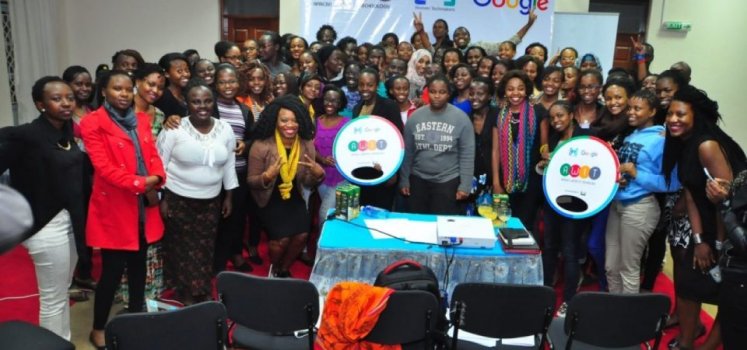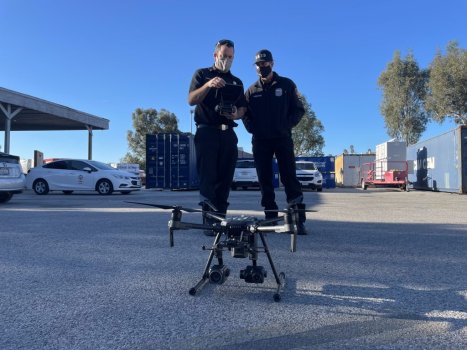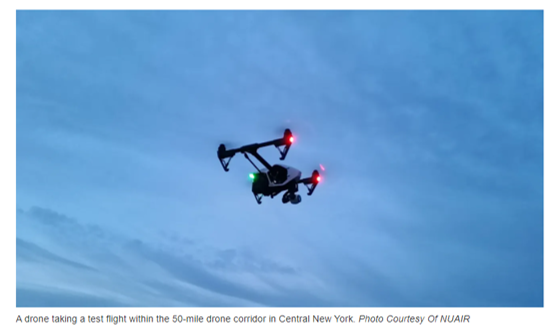What Is Blockchain?
- Technology Solutions
- 0 Replies
Over the last decade, blockchain has become integrated into the daily vernacular. For a good reason — thanks to Bitcoin, blockchain technology has been implemented across numerous industries.
Having proven itself with Bitcoin, blockchain is likely to become the key technology behind many central bank digital currencies (CBDCs). The question then is, what is so innovative about blockchain technology?
What Problems Does Blockchain Solve?
At a basic level, blockchain is nothing more than a type of database. Every time one accesses an online account, such as Twitter, Google, or Facebook, one links up to a database. As the word implies, every database is a set of information, which is organized in a logical order.
Databases make it easier to manage and update sets of information. What sets blockchain apart as a database technology?
Having proven itself with Bitcoin, blockchain is likely to become the key technology behind many central bank digital currencies (CBDCs). The question then is, what is so innovative about blockchain technology?
What Problems Does Blockchain Solve?
At a basic level, blockchain is nothing more than a type of database. Every time one accesses an online account, such as Twitter, Google, or Facebook, one links up to a database. As the word implies, every database is a set of information, which is organized in a logical order.
Databases make it easier to manage and update sets of information. What sets blockchain apart as a database technology?
- Blockchain is a distributed database. Computers in a network — nodes — run identical copies. Therefore, if one copy on a node is compromised in any way, the blockchain network’s redundancy ensures it will continue to run.
- Nodes sync to update the database. If some nodes give an erroneous record that doesn’t match up with the rest of the nodes (51%), the record is dismissed.
- Blockchain forms the database in a chronological order. Because each data block is time-stamped, it creates a chain. This has the effect of creating immutability. If a particular data block were tampered with, a new chain would branch out, effectively creating a false database that is dismissed by the network.
- Added data blocks are individually encrypted through the hashing method. Simply put, hashing transforms one value into a string of characters of fixed length. Using the same formula that produces the hash, any data of arbitrary size is then transformed into a fixed-size data set. Therefore, hashing is not only useful to validate data, but to store it in such a way that doesn’t reveal the original input.
[/LIST=1]
Continue reading: https://thedefiant.io/what-is-blockchain-tutorial/

























